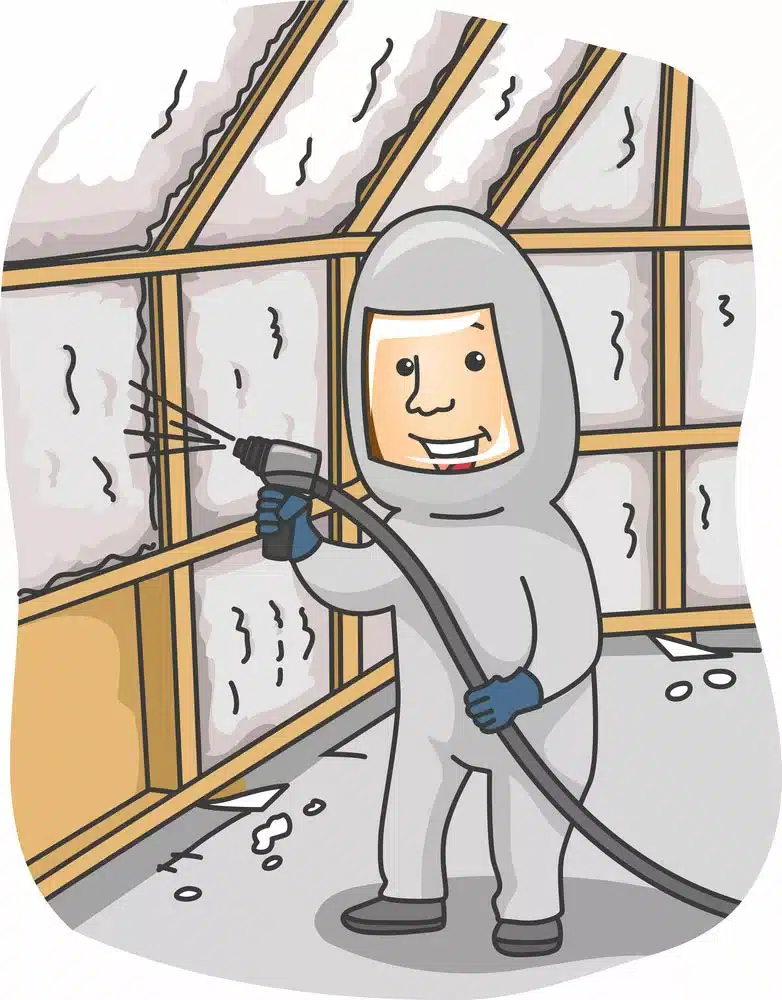
Save Money & Reduce Carbon Footprint
Eco-friendly Spray Foam reduces monthly utility bills.

Increase Comfort
Long-term Spray Foam seals off the outdoor elements with a higher R-Value than all other insulation types to put an stop to drafts.

Improve Air Quality
Control your indoor air quality by limiting allergens, pollen, dust, and other irritants.
Discover the Transformative Power of Spray Foam Insulation
In the many facets of construction, be it residential, commercial, or agricultural, insulation stands as a silent guardian, defining comfort, energy efficiency, and air quality. But not all insulation is created equal.
Introducing the breakthrough in insulation technology: Spray Foam Insulation.
Step into the future of insulation technology. Choose Spray Foam Insulation, and elevate every space to its optimal potential.
Your Permanent Insulation Solution
We understand those constant thermostat battles, the drafts sneaking in when you least expect them, the dread as you open your utility bill – we’ve seen it all. But here’s the silver lining: Kansas Spray Foam Insulation understands these challenges from the inside out, and we’re here to help solve them.
Having been in this industry for years, we’ve not just mastered the art of insulating homes, commercial and agricultural properties, but we’ve also become experts in understanding the hearts of homeowners and business owners behind them. Your worries? We feel them. Your desires for a cozy, efficient living space? We share them.
You’re not just looking for insulation; you’re seeking a transformation in the way you live and work. A transition from living in ‘just a house’ to relishing moments in a ‘comfortable home’. And guess what? That’s precisely what we offer.
Our promise to you is simple yet heartfelt: We’re not just insulating walls, but weaving warmth and well-being into every space you spend time in.




